I've inhereted a GUI code which is structured something like this: any button signal triggers a slot, those slots then call an external process to receive information and wait until that process finishes, then the slot proceeds. the issue is, this external process takes between 0.5 to 60 seconds, and in that time the GUI freezes. i'm struggling to find a good way to seperate this process call to a different thread or QProcess (that way i will not block the main event loop) and then return and continue the relevent slot (or function) from that same point with the information received from that external slow process. generators seem like something that should go here, but im struggling to figure how to restructure the code so this will work. any suggestions or ideas? is there a Qt way to "yield" a function until that process completes and then continue that function?
Psudo code of the current structure:
button1.clicked.connect(slot1)
button2.clicked.connect(slot2)
def slot1():
status = subprocess.run("external proc") # this is blocking
...
...
return
def slot2():
status = subprocess.run("external proc") # this is blocking
...
...
return

